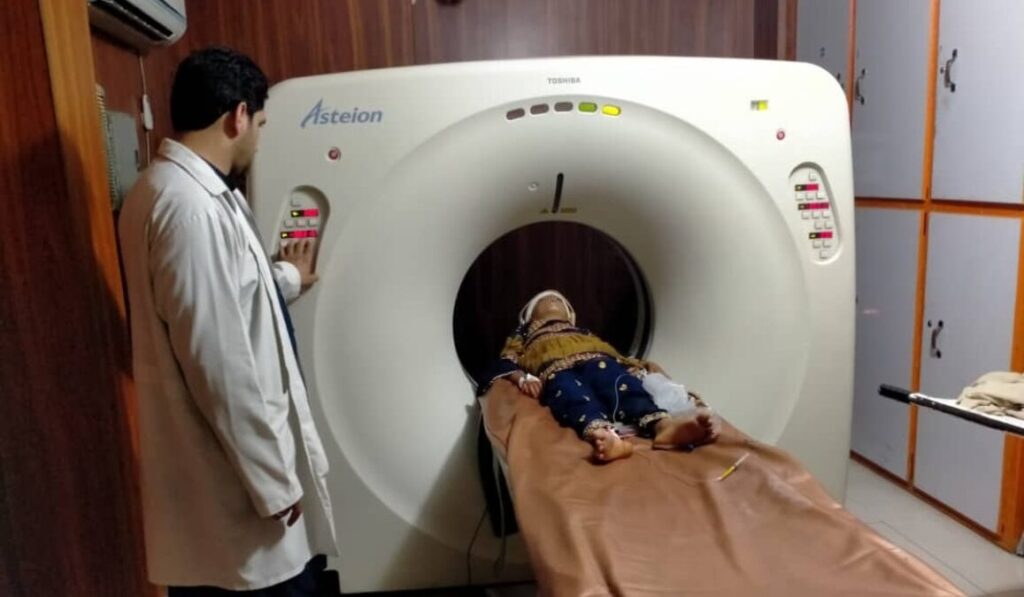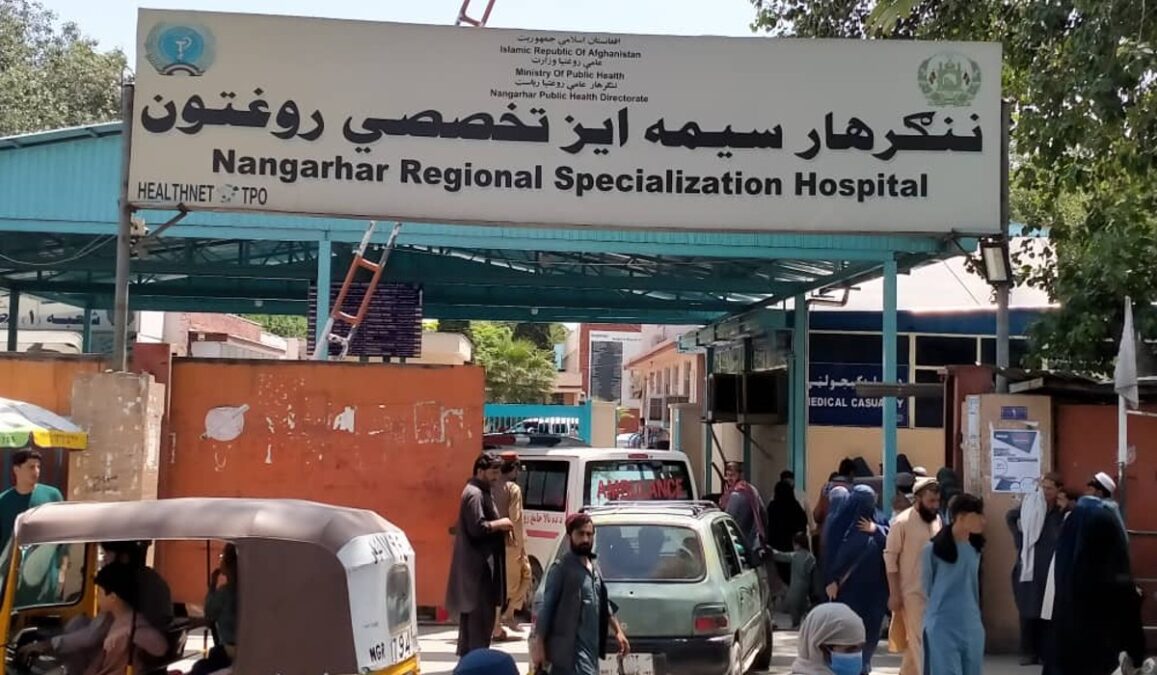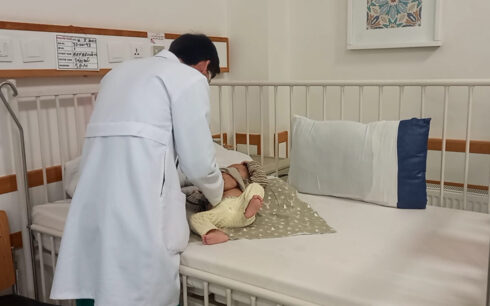The health sector was already vulnerable in the country, especially in the eastern provinces, but it faced more challenges following the fall of the republic government and a significant reduction in the international community’s support.
Public hospitals in the eastern provinces of Nangarhar, Kunar and Laghman are faced with a lack of equipment in particular the CT scan machine, which patients said is a must in these facilities.
Patients from all eastern provinces need to visit the Nangarhar Regional Hospital in the city of Jalalabad for the CT scan test, which can produce detailed images of many structures inside the body, including the internal organs, blood vessels, and bones. They can be used to diagnose conditions such as damage to bones, injuries to internal organs, problems with blood flow, stroke, and cancer.
Ismail Tawhidyar, a Kunar resident, said he took his daughter for a CT scan test at a state-owned hospital in Kunar because her head was damaged in a ceiling collapse incident, but the doctors asked him to take her to Nangarhar hospital – a two-hour drive distance to the east – because they lacked the machine.
Nangarhar Regional Hospital is the only public health facility to have a CT scan machine and provides the test free of charge.

The cost of a CT scan test in the Nangarhar hospital is 500 Afs ($5.5) which has been decided by the public health directorate to be spent for repairing the machine if it faces a failure, doctors said. But the same test in private hospitals costs 5,000 Afs ($55) to 9,000 Afs ($99).
“People are poor and they cannot afford this,” Tawhidyar said, referring to the fee charged by private hospitals for CT scans.
Mubin, the head of the CT scan ward in Nangarhar hospital, said the machine was repaired this week after being non-functional for a long time.
He said patients are visiting the hospital for CT scan tests from eastern provinces, as well as from Kabul, Kapisa, Logar, Khost and Paktia provinces due to the lack of such facilities in other areas.
But Dr. Mubin said the capacity of the machine is maximum of 15 patients a day while they have many visitors in the queue every day.
“Emergency patients who have fallen from the roof or have been hit by a bullet, or have been stabbed or are in comma, are brought here to this hospital,” he added.

Nangarhar residents said access to health services is so limited in remote areas in the eastern provinces.
In some cases, the residents said, patients die on the way to the hospital due to long distances to health facilities.
“The international community should separate politics from its aid to Afghanistan,” said Mohammad Nadir, a Nangarhar resident. “We ask the international community to increase its assistance to Afghanistan because it is most needed than ever.”
A report from the National Statistics and Information Authority in August 2021 shows that Afghanistan had 668 hospitals in 34 provinces of the country in 2021, including 188 public and 480 private hospitals.
The World Health Organization in a report in January said Afghanistan’s health system is on the brink of collapse and that “urgent action is needed.”




